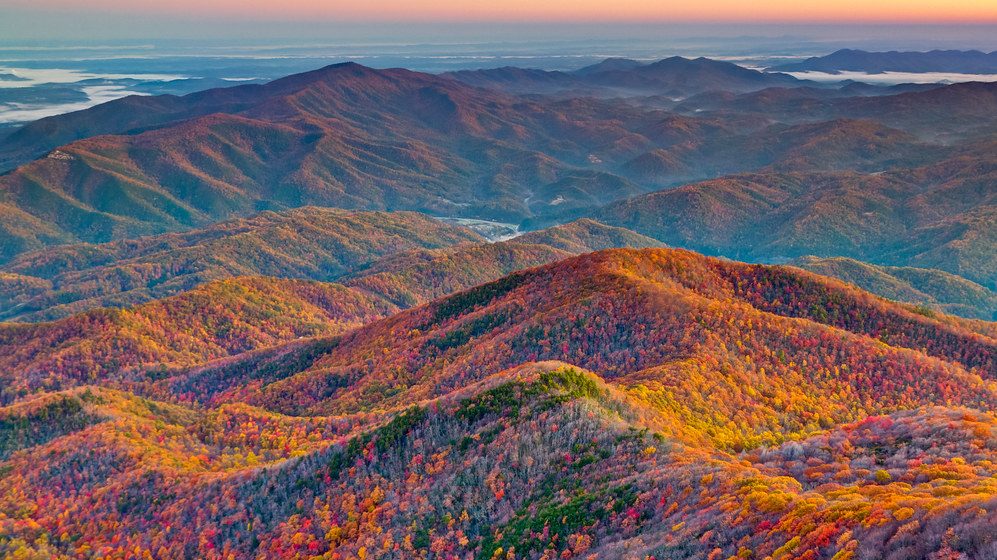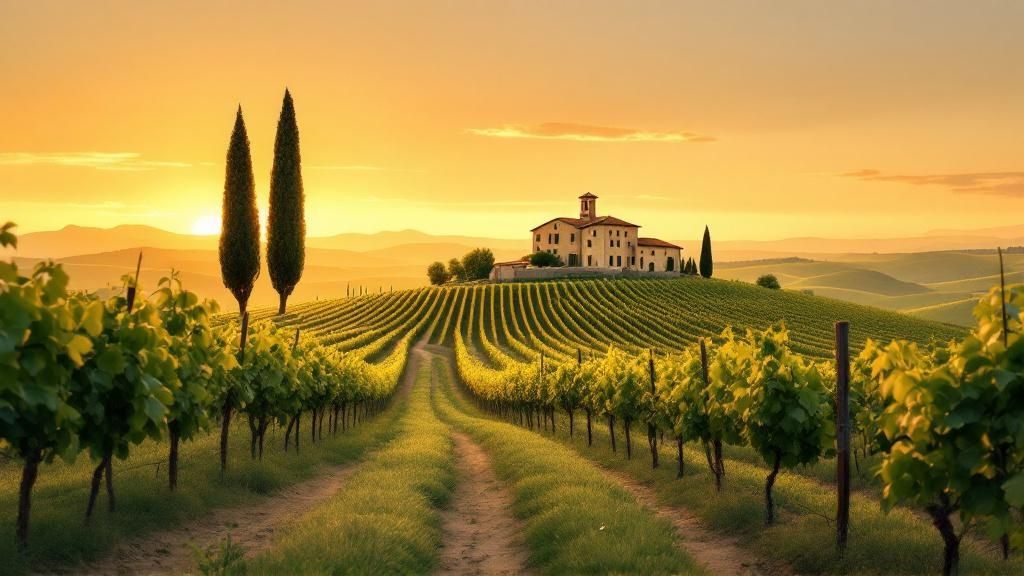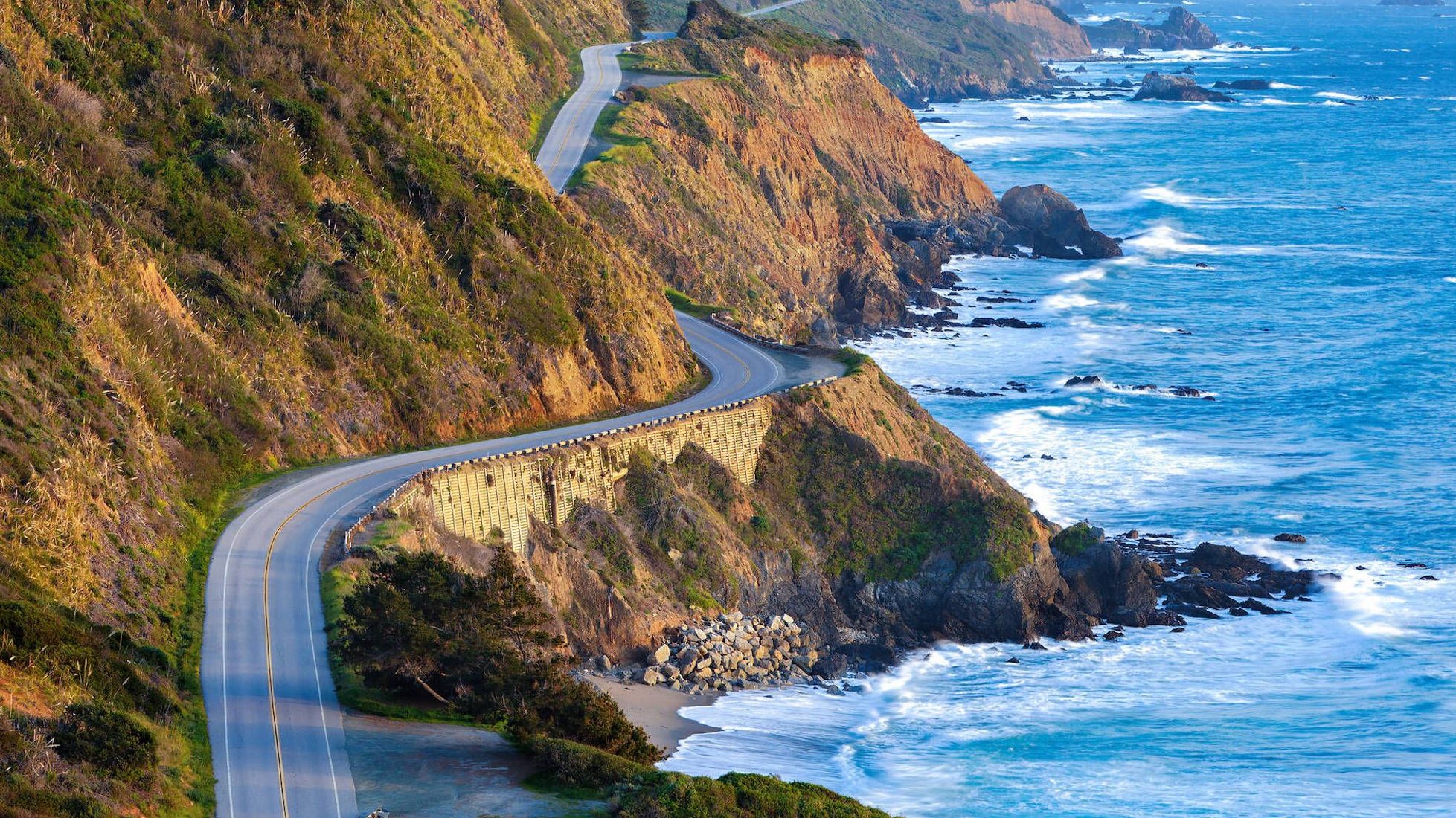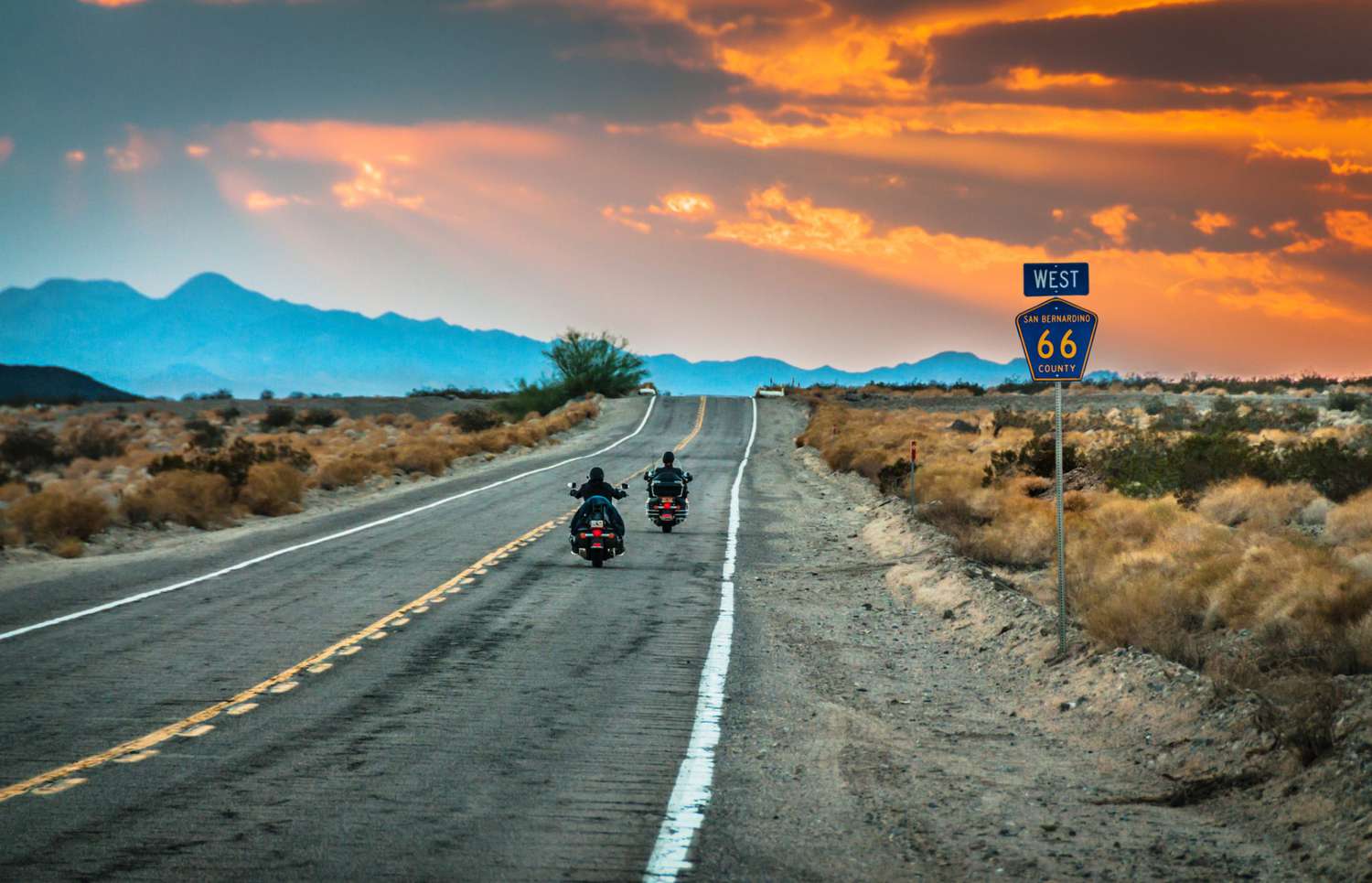There’s something quietly transformative about going camping—leaving the noise, shortening your to-do list to a few essentials, and waking up to birdsong. Whether you crave alpine solitude, family-friendly campgrounds with activities, or backcountry trails that test your limits, the U.S. is packed with spectacular places to camp. This guide highlights the top U.S. camping destinations for outdoor lovers, offers science-backed reasons to get outside, provides actionable planning tips, and includes a helpful comparison table so you can pick the spot that fits your mood, skill level, and season.
Why camping—science says it’s good for you
Multiple academic reviews and studies show that exposure to green space and time spent outdoors have measurable health benefits. A 2018 systematic review and meta-analysis of greenspace exposure found statistically significant reductions in stress markers such as salivary cortisol and blood pressure, and associations with lower rates of certain chronic diseases. Time outdoors—like camping—can reduce stress, increase physical activity, and improve mental well-being. PMC
Regional university extension programs also emphasize tangible benefits: camping promotes physical fitness (hiking, paddling), strengthens family and social bonds, encourages skill learning, and offers a deliberate break from screens—factors linked to improved mood and resilience. If you’ve been feeling burnt out, a weekend under canvas could be more than fun—it can be restorative. Utah State University Extension
U.S. camping in 2025: quick snapshot of participation & trends
- Rising participation: Recent industry reports indicate tens of millions of Americans camp each year. One 2025 report estimated around 81 million Americans camped in 2024, and campsite demand has surged—more people are booking earlier and shoulder-season trips are growing. miningjournal.net+1
- Diverse demographics: The camper profile is broadening—nearly half of campers are Millennials and Gen Z, and nearly 40% identify as non-White, making camping more diverse and accessible. OHI+1
- Glamping & RV growth: Glamping sites and RV ownership continue to rise, offering alternatives for people who want the outdoors with extra comfort. Industry awards and lists highlight top campgrounds and luxury options in 2024–2025. campspot.com+1
How to read this guide
Below you’ll find a top 15 list of camping destinations across the U.S., covering national parks, coastlines, alpine ranges, desert escapes, and family-friendly campgrounds. Each entry includes why it’s special, best time to visit, who it’s best for, and a practical planning tip. After the list there’s a comparison table and a section with actionable planning advice, safety tips, and FAQs.
Top 15 U.S. camping destinations for outdoor lovers (listicle)
1. Yosemite National Park — California
Why it’s special: Iconic granite cliffs (El Capitan, Half Dome), towering sequoias, and classic waterfalls make Yosemite a bucket-list camping destination.
Best time: Late spring for waterfalls; fall for fewer crowds; winter for snow camping (some roads closed).
Best for: Photographers, climbers, families who want classic national-park camping.
Tip: Book Yosemite Valley campsites months in advance (reservations fill fast). Consider Tuolumne Meadows for alpine solitude and access to high-country trails. Backpacker+1
2. Yellowstone National Park — Wyoming / Montana / Idaho
Why it’s special: Geysers, hot springs, wildlife viewing, and vast backcountry. Camping here is raw and epic.
Best time: Late spring–early fall; summer is busiest.
Best for: Wildlife lovers, geothermal enthusiasts, backpackers.
Tip: Practice bear safety (food storage) and learn park rules for camping near wildlife. Reserve popular front-country sites early. kamoutdoor.com
3. Great Smoky Mountains National Park — Tennessee / North Carolina
Why it’s special: Lush forests, waterfalls, accessible trails, and family-friendly campgrounds; it’s the most-visited national park for a reason.
Best time: Fall for vibrant foliage; spring for wildflowers.
Best for: Families, beginner hikers, Appalachian culture enthusiasts.
Tip: Cades Cove and Elkmont campgrounds are popular—arrive early or reserve in advance. Backpacker
4. Glacier National Park — Montana
Why it’s special: Dramatic glacial valleys, pristine lakes, and the Going-to-the-Sun Road—stunning alpine camping and solitude.
Best time: Summer (July–September) for open roads and hiking.
Best for: Backcountry campers and photographers seeking sunrise reflections.
Tip: Be prepared for variable weather even in summer; book campgrounds early. Four Wheel Campers
5. Grand Teton National Park — Wyoming
Why it’s special: Iconic jagged peaks rising sharply over Jackson Hole; great for lake camping and stargazing.
Best time: Summer for hiking and boating; fall for wildlife migrations.
Best for: Photographers, paddlers, climbers.
Tip: Combine Teton camping with nearby Yellowstone for a full Greater Yellowstone experience. kamoutdoor.com
6. Olympic National Park — Washington
Why it’s special: Diverse ecosystems—temperate rainforests, rugged coastline, and alpine terrain—all in one park. Camp beneath moss-draped trees or on wild beaches.
Best time: Summer for alpine areas; late spring/fall for fewer crowds.
Best for: Nature lovers who want ecosystem variety.
Tip: If you love tide pools and coastal camps, schedule around low tide for exploration. Four Wheel Campers
7. Acadia National Park — Maine
Why it’s special: Atlantic coastline, rocky headlands, and brilliant fall colors. Sunrise at Cadillac Mountain is a highlight.
Best time: Late spring–early fall; autumn for leaf color.
Best for: East Coast campers who want coastal hiking and lobster dinners.
Tip: Blackwoods and Seawall campgrounds are closest to park highlights; reserve ahead. Condé Nast Traveler
8. Joshua Tree National Park — California
Why it’s special: Otherworldly desert landscape, unique rock formations, and superb stargazing. Campsites range from developed to primitive.
Best time: Fall–spring (avoid summer heat).
Best for: Rock climbers, stargazers, desert photographers.
Tip: Bring plenty of water and shade; cell reception is limited. kamoutdoor.com
9. North Cascades National Park — Washington
Why it’s special: One of the most rugged and least crowded parks—perfect for remote camping and alpine adventures.
Best time: Summer (July–August) for best access.
Best for: Backpackers seeking solitude and technical routes.
Tip: This park gets heavy snow; plan logistics carefully. Four Wheel Campers
10. Big Bend National Park — Texas
Why it’s special: Vast desert canyons, Rio Grande vistas, and an off-the-beaten-path vibe—ideal for stargazing and solitude.
Best time: Fall–spring (milder temperatures).
Best for: Desert camping, river trips, and night-sky photography.
Tip: Water is scarce—plan supply caches and be prepared for hot days and cool nights. kamoutdoor.com
11. Adirondack Park — New York
Why it’s special: Massive public-land playground with hiking, canoe camping, and cabin options across thousands of lakes and peaks.
Best time: Summer for paddling; fall for foliage.
Best for: Canoe campers and Northeast explorers.
Tip: Obtain permits for certain camping zones and follow Leave No Trace rules on high-use lakes. Condé Nast Traveler
12. Shenandoah National Park — Virginia
Why it’s special: Close to the Mid-Atlantic corridor, with serene campsites, Skyline Drive views, and easy access for quick escapes from cities.
Best time: Spring–fall; fall foliage is beautiful.
Best for: Weekend campers and families near D.C./Richmond.
Tip: Reserve Big Meadows Campground for direct access to popular trails and ranger programs. Condé Nast Traveler
13. Channel Islands National Park — California
Why it’s special: Island camping that feels remote—sea caves, kelp forests, and unique island wildlife. Boat access only.
Best time: Spring–fall; weather can be variable.
Best for: Sea kayaking, snorkeling, and solitude.
Tip: Book island ferry passages and campsites well in advance; respect fragile island ecosystems. Backpacker
14. Lake Tahoe / Sierra Nevada campgrounds — California & Nevada
Why it’s special: Alpine lakeside camping with swimming, boating, mountain biking, and hiking in summer; snow play in winter.
Best time: Summer for lake activities; winter for nearby ski resorts.
Best for: Families and outdoor sport lovers who want both water and mountain access.
Tip: Consider less-crowded national forest sites around Tahoe for quieter nights. kamoutdoor.com
15. Glamping & Top Rated Campgrounds (Nationwide)
Why it’s special: For campers who want comfort—glamping domes, cabins, and luxury RV resorts offer a nature fix without roughing it. Recent awards and lists identify top campgrounds across regions for 2024–2025.
Best time: Year-round depending on region and campground offerings.
Best for: New campers, people seeking comfort, and families who want amenities.
Tip: Watch Campspot’s annual awards and USA Today campground rankings for vetted luxury and family-friendly options. campspot.com+1
Comparison table — pick your perfect camping vibe
| Destination/Type | Best Season | Crowd Level | Skill Level | Ideal For |
|---|---|---|---|---|
| Yosemite NP (Valley/Tuolumne) | Spring–Fall | High | Beginner–Expert | Iconic views & families |
| Yellowstone NP | Summer | High | Beginner–Expert | Wildlife & geothermal |
| Great Smoky Mountains | Spring–Fall | Very High | Beginner | Families & waterfalls |
| Glacier NP | Summer | Moderate | Experienced | Alpine scenery & solitude |
| Olympic NP | Summer | Moderate | Beginner–Advanced | Rainforests to coast |
| Big Bend NP | Fall–Spring | Low | Moderate | Desert solitude & stargazing |
| Adirondacks | Summer–Fall | Variable | Beginner–Advanced | Canoe & hut camping |
| Channel Islands | Spring–Fall | Low | Experienced (boat access) | Sea camping & snorkeling |
| Tahoe / Sierra forests | Summer | High | Beginner–Advanced | Lakes & mountain biking |
| Luxury campgrounds / Glamping | Year-round | Variable | Beginner | Comfort & families |
Actionable planning tips — make your trip smooth and safe
- Reserve early. Popular national park sites and top private campgrounds often book months in advance—sometimes up to a year for peak dates. KOA and campground reservation platforms report increased early booking in recent years. koa.com+1
- Match the season to the destination. Desert areas can be dangerously hot in summer; alpine zones remain snowbound into June.
- Pack for layering & weather variability. Mountain nights can be cold even in July. Bring a quality sleeping system rated for expected lows.
- Practice Leave No Trace. Pack out what you pack in; use established fire rings where permitted.
- Wildlife & food storage. In bear country (Yellowstone, parts of the Sierra, Adirondacks) use bear canisters or lockers. Follow park guidance.
- Water planning. Don’t rely on natural water without proper filtration/purification—some backcountry sources may be contaminated.
- Know regulations. Check permits for backcountry camping, fire restrictions, and campfire rules before you go.
- Plan for limited connectivity. Many treasured sites have spotty or no cell service—download maps offline and leave itinerary details with someone.
- Consider a guided trip for technical regions. If you want to climb, sea-kayak, or cross into rugged backcountry, professional guides reduce risk and increase enjoyment.
- Adopt a beginner mindset. If you’re new to camping, start with a developed campground for your first few trips—practice pitching, fire starting, and meal planning there.
Safety basics — what outdoor lovers should never skip
- First-aid kit & knowledge. Know how to manage blisters, sprains, and hypothermia.
- Navigation tools. Map and compass (and knowledge to use them) are essential for backcountry trips—don’t rely only on GPS apps.
- Weather awareness. Mountain storms can arrive quickly; plan escape routes and elevation limits.
- Leave a trip plan. Tell someone your route and expected return.
- Fire safety. Understand local fire danger levels; never leave a campfire unattended.
The science behind why camping improves well-being (expanded)
Academic research from multiple institutions supports outdoor experiences as beneficial for mental and physical health. A broad systematic review found exposure to green spaces reduces stress indicators and supports mental health; separate studies show that outdoor physical activity improves cardiovascular and metabolic markers. Universities across the U.S. and U.K. have documented that organized outdoor experiences also improve social cohesion, life satisfaction, and resilience—especially for youth and people recovering from burnout or social isolation. These findings help explain why camping, which bundles green space exposure, purposeful activity, and social connection, is an especially potent form of nature therapy. PMC+1
FAQs — what readers most often ask about camping in the U.S.
Q: When is the best time to book a campsite?
A: For high-demand national parks and top private campgrounds, book as early as the reservation window allows—many popular sites open reservations 6–12 months in advance. For less popular spots, booking a few weeks ahead can be sufficient. Industry data show campsite demand rose sharply in recent years, increasing early bookings. koa.com+1
Q: Are national parks better than state parks for camping?
A: They offer different experiences. National parks often have iconic scenery and higher visitation; state and national forest campgrounds can offer quieter, lower-cost campsites with fewer crowds. Consider both depending on your tolerance for crowds and desired solitude. Backpacker
Q: Is camping safe during wildfire season?
A: Wildfire risk varies by region and season. Check current fire restrictions and air-quality advisories before travel. Many parks implement temporary closures during extreme fire conditions—plan flexible itineraries.
Q: What gear is crucial for first-time campers?
A: Tent (with footprint), sleeping bag rated for the season, sleeping pad, stove, water filter, layered clothing, headlamp, basic first-aid kit, and a means of navigation. Practice setting up at home before your trip.
Q: Can you tent camp in winter?
A: Yes—experienced winter campers do it—but winter camping requires extra preparation (four-season tent, cold-rated sleeping bag, stove rated for low temps). If you’re new, join a workshop or guided snow camping trip.
Q: Are there accessible camping options for people with mobility issues?
A: Many national and state parks now offer accessible campsites and facilities. Check each park’s accessibility page for details and reserve accessible sites early.
Q: How does glamping differ from traditional camping?
A: Glamping typically includes pre-set accommodations (yurts, domes, cabins) with comforts like beds, heating, and private bathrooms—great for folks who want nature without roughing it. The popularity of glamping increased in 2023–2025, as reported in industry rankings. Travel + Leisure+1



